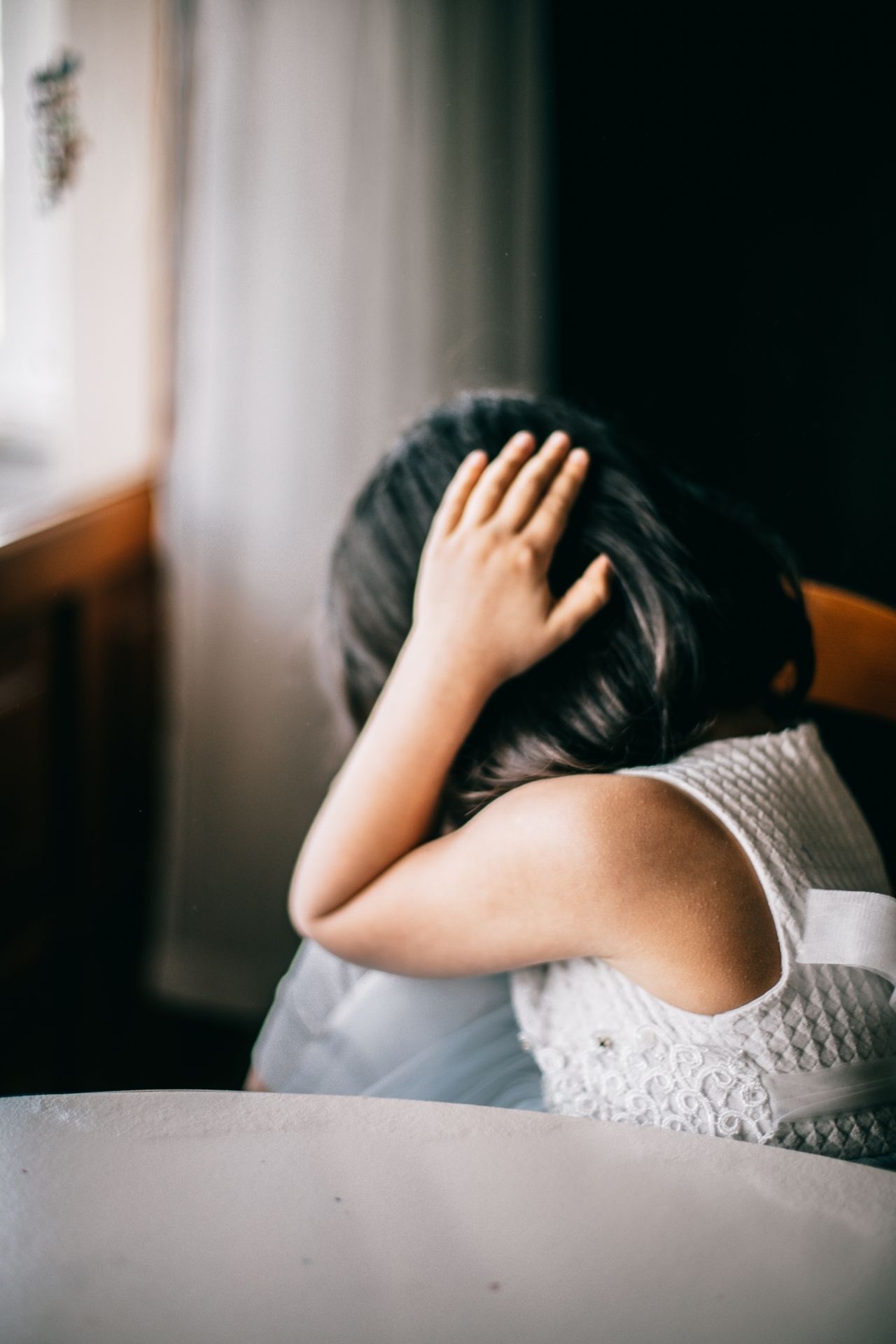
In a recent opinion piece by Ross Womersley, Chief Executive Officer of SACOSS, Ross looks at some of the underlying reasons why vulnerable children fall into the child protection system. It’s an excellent perspective looking at the factors that cause children to be removed from their home, and calls for more preventative measures so children don’t need to come into care in the first place.
This is a longer version of the opinion piece published by The Advertiser on 31 December 2020 and can also be found on SACOSS’s website.
The 2020 annual reports from the SA Department for Child Protection and the SA Guardian for Children and Young People highlight concerning statistics on the number of children in state care in South Australia. Taken together with news reports in recent weeks that highlight just how vulnerable children in state care can be, they provide a compelling case for action.
We call it ‘state care’ because that is exactly what it is meant to be – care by the state for children and young people who, the state judges, cannot live at home with their families.
The role of the state is to care for these children as a ‘good parent’ would.
The reasons children and young people end up in care – temporary or long-term – vary. It may be due to the illness or death of a parent, abuse or neglect, or their families simply being unable to safely care for them, at that point in time.
The statistics in the recent annual reports from the SA Department for Child Protection, and the SA Guardian for Children and Young People, are both shocking and distressing.
So too is the picture revealed by recent news reports that have thrown a spotlight on just how vulnerable children in our state’s care, can be.
Clearly, despite the hard work of many caring, compassionate, and dedicated people who work in the system, state care can fail, and fail critically, in its ‘good parent’ duties.
These failures, when they occur, make it all the more disturbing that the number of children and young people in the state’s care just keeps going up.
At the end of October this year, there were 3,757 South Australian children under Guardianship: 351 more than mid-last year. The total number of children in care (4,456) has increased by 468 since 30 June 2019.
Concerningly, based on SA data on the stability and permanency of placements, children are in care in SA for longer than in any other state or territory. The worry is that the longer children are away from their family and home community, the harder it can be to return.
And while the financial costs of providing care are high, if the state then fails its ‘good parent’ responsibilities, the personal costs to those children and young people can be lifelong.
Over the past five years, the number of children and young people in out-of-home care has risen by a huge 50%, and the number of notifications made to the Department have been steadily increasing.
In fact, post-COVID, these figures are only likely to increase further.
Tens of thousands of individuals have lost work and thus income. And while many got some relief with the federal government’s coronavirus supplement – that is now being wound back to an un-liveable level, despite continuing record levels of unemployment and underemployment. Bank loan and debt deferrals, together with the ‘moratorium’ on rental evictions, will have their end too.
As South Australians, can we truly say that we find it acceptable for this flood of new children into state care to continue?
Poverty itself doesn’t send children into child protection, but it certainly increases the pressures that can lead parents to struggle. Poverty undermines parents’ and caregivers’ capacity to raise children in safety and security, to leave unsafe relationships and places, to break away from things that are negative and harmful.
Children become vulnerable when their parents and households are under stress, and stress often results in relationship breakdown, family violence, substance abuse, mental health issues, poor judgement and neglect.
Helping children to be and stay safe starts with supporting all families to give it their best shot, and crucially, helping people when they are struggling. Sometimes out-of-home care is needed, but if that’s the case, it needs to really be ‘care’ – not more damage, not state neglect.
So, why are we collectively unable to keep children safe in South Australia?
A knee-jerk response is to blame the Department for Child Protection when things go wrong, but it is effectively the ambulance at the bottom of the cliff.
We need to develop and invest in many more safe pathways to prevent people getting to that cliff: a systemic overhaul of the social security safety net, decent housing, more mental health services, more help for people who struggle with addictions, or people who struggle to control their violence – more helping hands.
And if the state does take that huge step of removing a child from their home, their family or community, we need to be damned sure it is offering something better. The state needs to be everything and more of the ‘good parent’ that it is meant to embody.
